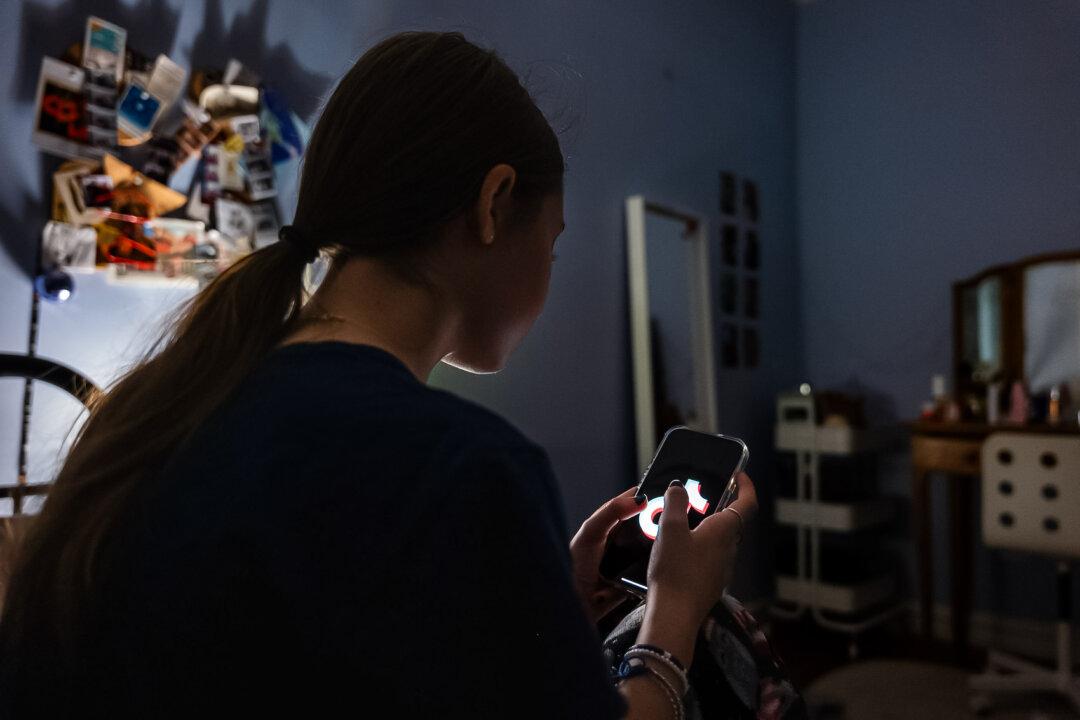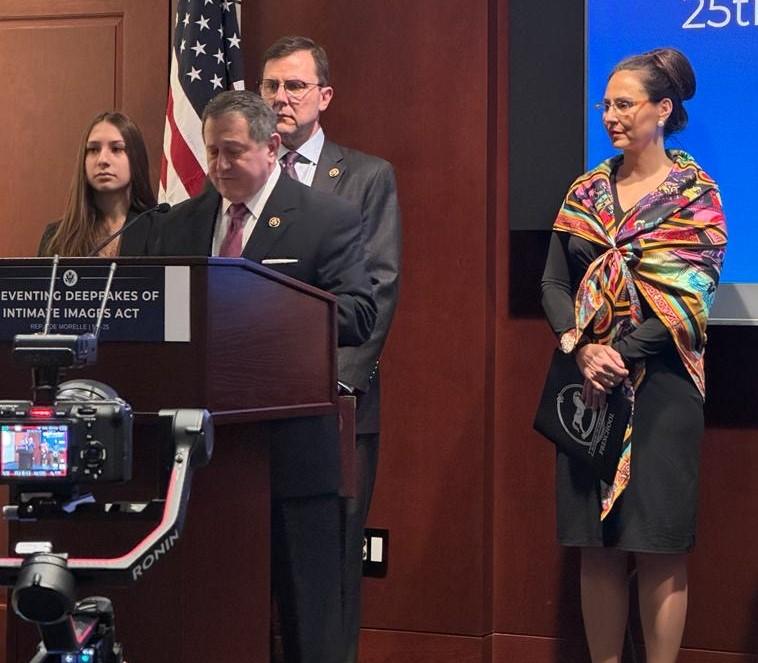On Dec. 8, 1972, a Boeing 737 commercial passenger aircraft dropped from the cold, gray, and wet sky over Chicago.
At 2.28 p.m. (CST), United Airlines Flight 553 plummeted into the working class and ethnically diverse neighborhood of West Lawn on the city’s southwest side, first clipping trees before flattening and destroying four homes and erupting into fire and smoke.
Of the 61 people on board, 43 were killed. Two others died on the ground.Flight 553 had been en route to Omaha, Nebraska, from Washington National Airport. It was during the attempted landing—a scheduled stopover at Midway International Airport two miles from where the plane crashed—that things went wrong.





